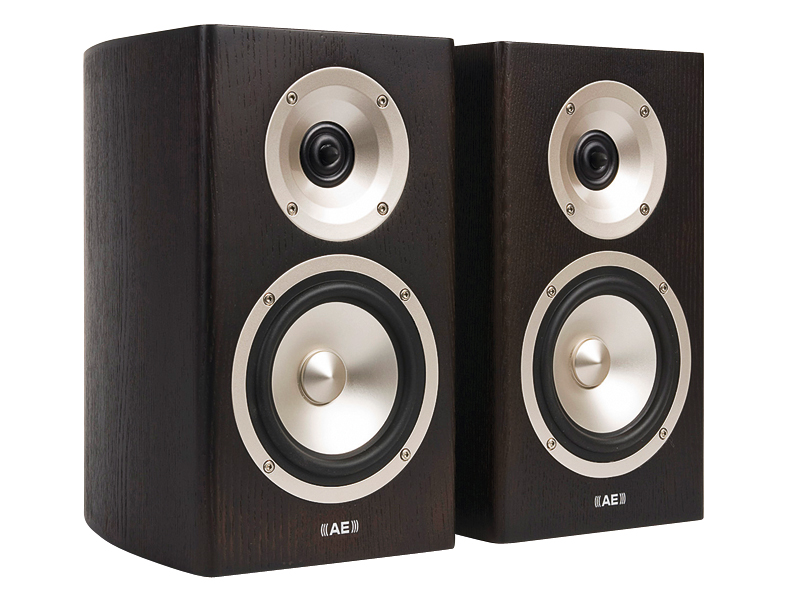TechRadar Verdict
Although bass, power handling and dynamic expression are inevitably somewhat limited, this speaker does everything else really well, with exceptionally well-judged mid-to-treble voicing
Pros
- +
Excellent mid-to-treble voicing
Cons
- -
Limited dynamic expression and power handling
Why you can trust TechRadar
We wanted to include a standmount in this month's reviews, to contrast with the floorstanders and having reviewed AE's larger three-way Radiance 3, we elected to include the much smaller two-way Radiance 1.
At £600 per pair, this costs rather less than the others, but that takes account of the need to finance a pair of stands. The key feature of the Radiance range is an acoustic lens or waveguide surrounding the tweeter.
Licensed from Danish company DXT, its purpose is to mitigate the inevitable discontinuity in dispersion around the crossover zone, between the relatively small tweeter diaphragm and the much larger midrange diaphragm driver.
The DXT lens uses carefully calculated concentric rings in order to maintain a consistent dispersion and hence a consistent power response right through its operating band. Finished in a choice of attractive real-wood veneers, the enclosure is braced internally and built from 15mm MDF.
The curved sides are both fashionable and functional, helping disperse internal reflections and avoid focused standing waves. The narrow enclosure back has two pairs of socket/binders plus a port, and the optional grille is held by hidden magnets.
The bass/mid driver has a 130mm frame and 95mm cone, together with that pointy central dust cover. The tweeter has a 38mm 'ring radiator' soft fabric diaphragm loaded at the front by the lens. Fed from twin terminal pairs, the crossover network is deliberately kept as simple as possible.
Sound quality
Positioning this speaker proved very tricky in our listening room, as the port output is quite strong and, by unfortunate chance, is tuned to coincide with a major room mode. Experiment suggested that the flattest and most even overall in-room frequency balance was achieved with the ports blocked and the speakers quite close to the wall.
However, listening tests revealed that, even though the bass was less even, the overall sound was significantly better with the port open and the speaker moved a little way out and away from the wall. Care should be taken to move the speakers to and fro in order to achieve the best subjective balance.
If the bass fell somewhat short of the ideal under our conditions, in every other respects the Radiance 1 is a splendid little performer. The mid-to-treble voicing is beautifully handled and superbly natural and any mild lack of dynamic enthusiasm is countered by the wide dynamic range, largely thanks to the minimal enclosure contribution.
While it's inevitable that such a small speaker will have limitations in bass weight and power (this is not as obvious as one might expect) its sins of omission here are quite easy to forgive, especially once you tune in to the lovely smoothness further up the band.
The overall sound is crisp, clean and free from any chestiness or boxiness. Stereo imaging is well focused and spacious with good rendition of depth and perspective, and the lack of any unwanted enclosure effects brings a fine impression of airiness to the proceedings.
Follow TechRadar Reviews on Twitter: http://twitter.com/techradarreview
